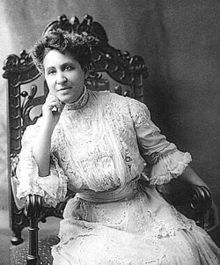
 Emily Murphy was the first woman police magistrate in Alberta, in Canada, and in the British Empire. She was a strong advocate for the rights of women and children, and the leader of a group known as the Famous Five.
Emily Murphy was the first woman police magistrate in Alberta, in Canada, and in the British Empire. She was a strong advocate for the rights of women and children, and the leader of a group known as the Famous Five.
The Famous Five are five women, truly pioneers, who in Alberta in the early part of the 20th century, shaped the future of the lives of all Canadian women to come. They are Emily Murphy, Henrietta Muir Edwards, Louise McKinney, Irene Parlby, and Nellie McClung. Because of their efforts, on October 18th, 1929, the Privy Council declared in the famous ‘Person’s Case of 1929’ that women were persons, and thus eligible to hold any appointed or elected office. All the members of the Famous Five came from the upper-middle class, were well educated, and were committed to social change and women’s suffrage. They were social activists who felt it was their responsibility to make needed changes.
For Murphy, the Persons’ Case was only one triumph in a lifetime of achievement. She combined family life with a writing career, and a wide variety of reform activities in the interests of women and children. Murphy was a member of the Canadian Women’s Press, the National Council of Women, the Federated Women’s Institutes, and 20 other organizations. But there is no doubt that it was the ‘Persons’ Case’, fought by the Famous Five, which significantly improved the democratic life of women throughout the British Empire.








